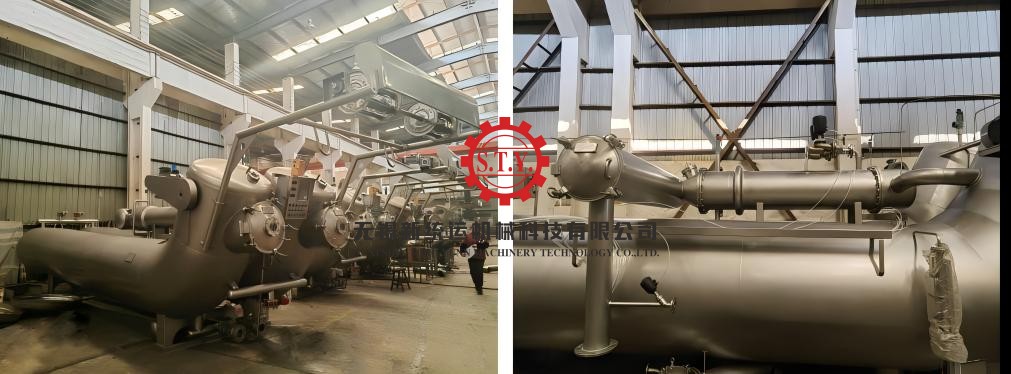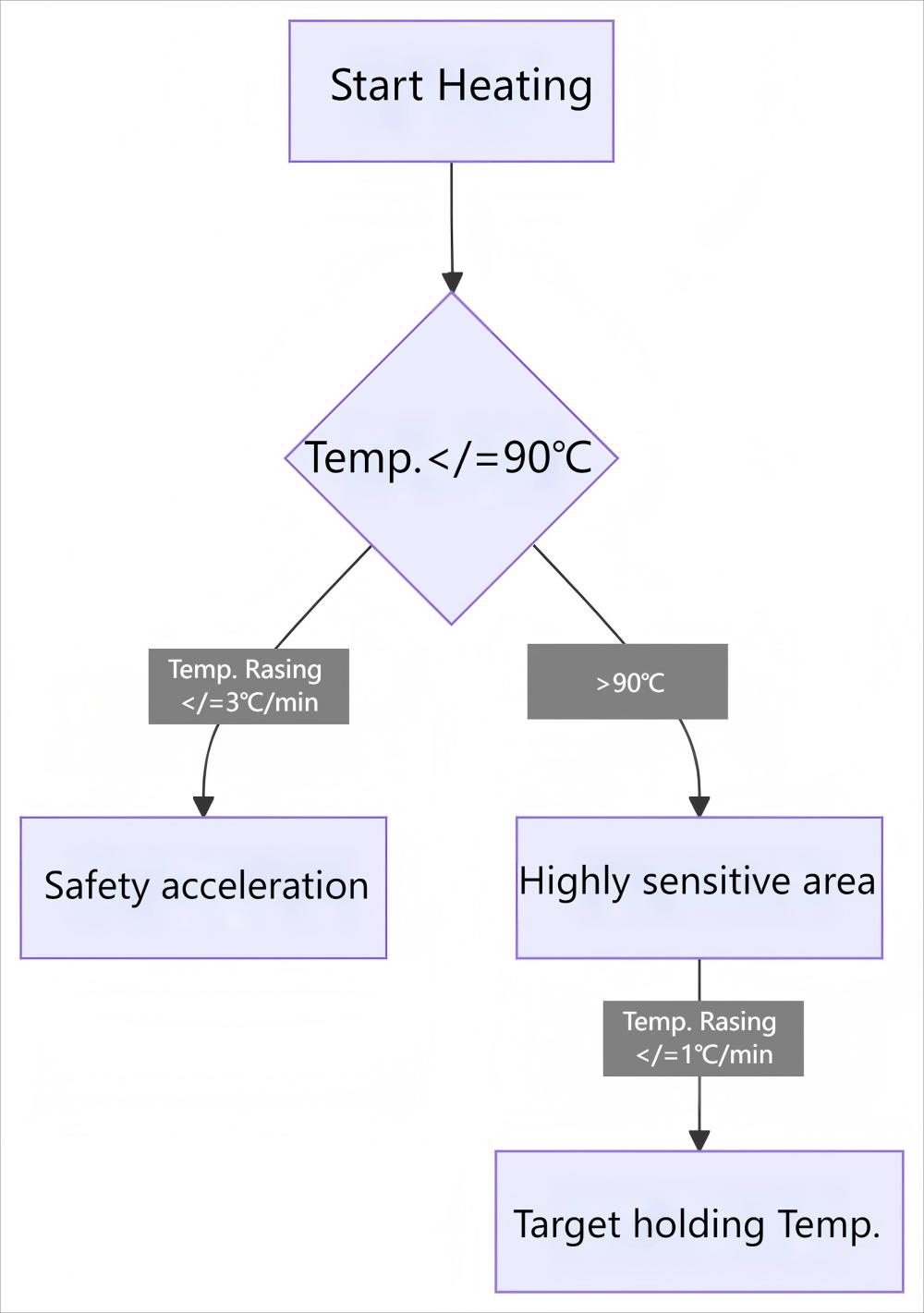During Whole Dyeing Process: Precision Control and Scientific Management
Precision control is cornerstone of ensuring quality and efficiency in textile dyeing production at present. Before fabric enters dyeing machine, its intelligent control system activates water inlet valve. The water volume is not set at one's opition; it is fully automated through pre-calibrated precise level control – valves close automatically once the target water level is reached. Critical volume forms the foundation for efficient main pump operation, smooth pipeline circulation and complete dissolution of dyeing chemical, it is known as "primary dye liquor."

Did you know? Smart control system of fabric dyeing equipment typically use differential pressure transmitter for analog water level monitoring. During installation and commissioning, engineers used rigorous calculation and water level calibration to map each segment of the analog level (shown on the interface) to the actual liquid volume. Operators can determine actual quantity of water inflow directly.
For same model fabric dyeing machine, base water volume remains constant. Set water level serves not only as the starting point for whole process but also as "safety threshold" ensuring stable dye liquor circulation within textile dyeing equipment. Once established, it generally remains unchanged unless necessary.
Why such emphasis on water level precision during fabric dyeing processes?
Ensuring Uniform Exchange: Effective exchange between dye liquor and fabric primarily occurs within the nozzle system. If some fabric is submerged while other parts are exposed in storage chamber of cloth dyeing machine, contact opportunities become severely uneven across fabric sections.
Concentration & Temperature Risks: Stagnant liquor in the storage compartment can develop temperature and dye concentration differences compared to the circulating liquor in the nozzle system. These two disparities are prime culprits behind critical quality defects like "dye migration" (unlevel dyeing) and "shade variation" (barre).
Cost Control Imperative: Excessively high water level mean unnecessary increases in liquor ratio. When process requirements are met, artificially increasing the liquor ratio only escalates consumption of water, electricity, steam and chemical, directly driving up production cost.
Dyeing Journey: From Loading to Unloading Fabric
Fabric dyeing machine completes dyeing of one batch fabric, typically going through four core stages. Among these, the dyeing process stage plays decisive role in the final quality. Key factors influencing dyeing quality include:
- Dye selection and addition method
- Dyeing temperature profile
- Type and application of salts and alkali agents
- Dyeing time
- Dye liquor ratio (bath ratio)
Note: Apart from the addition methods for dyes/salts/alkali and liquor ratio, other factors primarily influence the depth of shade on the fabric (e.g., the fixation rate of reactive dyes). Precise control of liquor ratio and addition method form core defense against uneven dyeing problems like migration and barre.
Art of Temperature Control for Disperse Dyes (Exemplary Process):
Heating Phase: Heating can be relatively rapid below 90°C; however, once exceeding 90°C, especially approaching the critical dyeing zone near 130°C, strict control of the heating rate is mandatory. Slowly approaching the target temperature is essential for even dyeing.

Keeping Temperature Phase: Disperse dye uptake is highly sensitive to temperature. Within the temperature range where significant dye adsorption occurs, substantially increasing the exchange frequency between fabric and liquor via the dyeing machine's powerful circulation system is paramount for ensuring uniform distribution of dye and temperature within the dyeing chamber, ultimately achieving even dyeing.
Cooling Phase: Post-dyeing cooling resembles a "slow simmer" – initial cooling stage must be gradual to avoid sudden cooling causing irreparable fabric creasing. Only after safely reaching 100°C can cooling be accelerated to around 80°C, followed by overflow rinsing. Remember: Draining or filling water at high temperatures is common cause of crease marks ("chicken claw marks") and other creasing defects.
Under efficient enablement of overflow dyeing machine, successful dyeing production is never accidental. It is the perfect execution of the process chain: "Precise Level Setting - Scientific Liquor Ratio - Intelligent Temperature Control - Uniform Circulation." Every precise valve closure, every degree of stable heating or cooling, every effective liquor exchange silently weaves the fabric's quality and production efficiency. Only through deep understanding and strict adherence to these core elements can achieve excellence and efficiency in the competitive market.
Key Dyeing Process Takeaways:
- Water Level Means Cost: Set precisely; meet circulation needs only, eliminate waste.
- Circulation is Life: Ensure efficient nozzle exchange, avoid stagnant liquor differences.
- Liquor Ratio + Addition Method = Even Dyeing Foundation: Prevent dye migration and barre.
- 3 Core Factors of Disperse Dye Temperature: Slow heating in critical zones, increased circulation in uptake zones, gradual cooling post-dyeing.
- Avoid Sudden Changes at High Temp: Prevent creasing, protect fabric surface.

